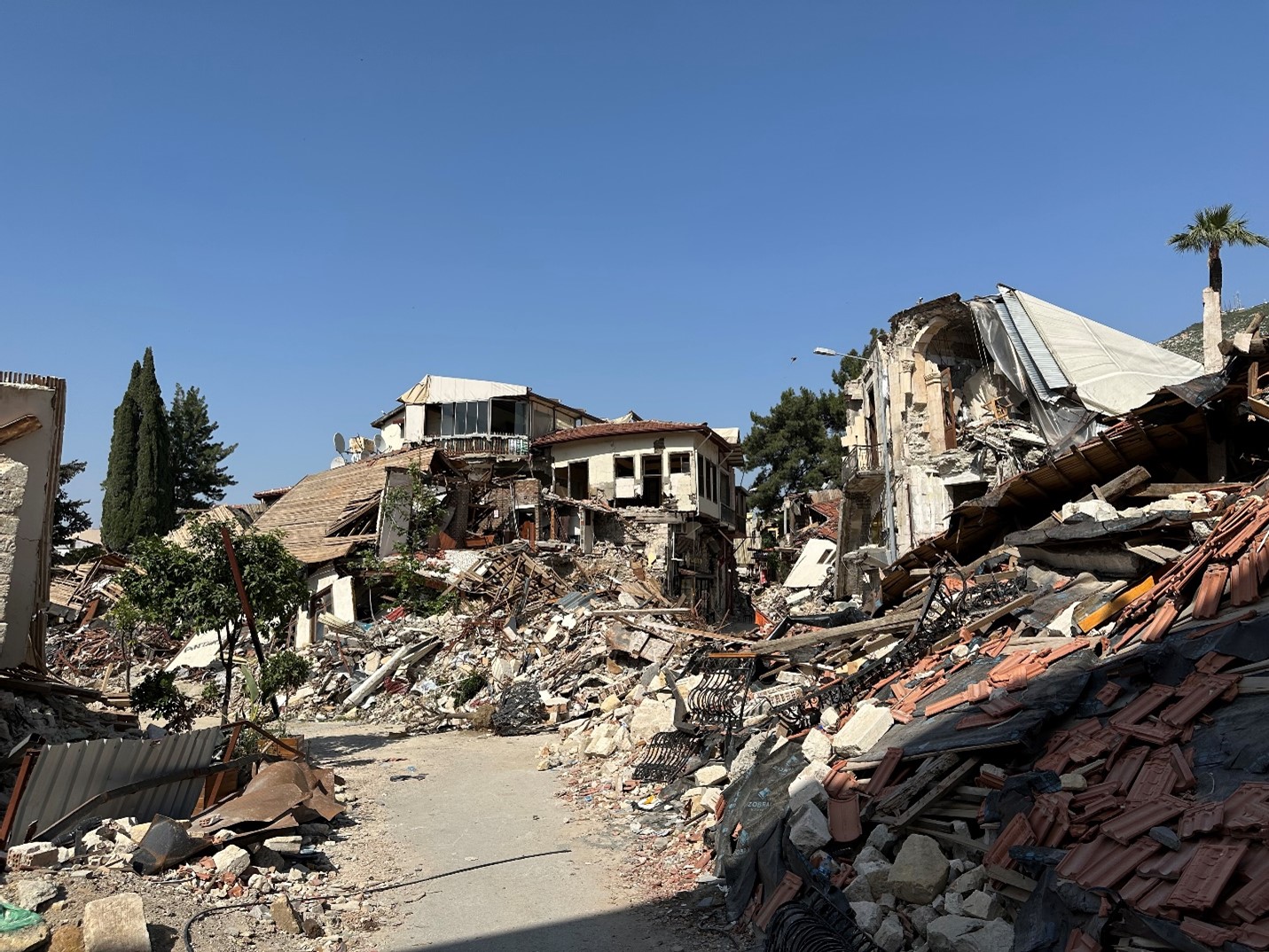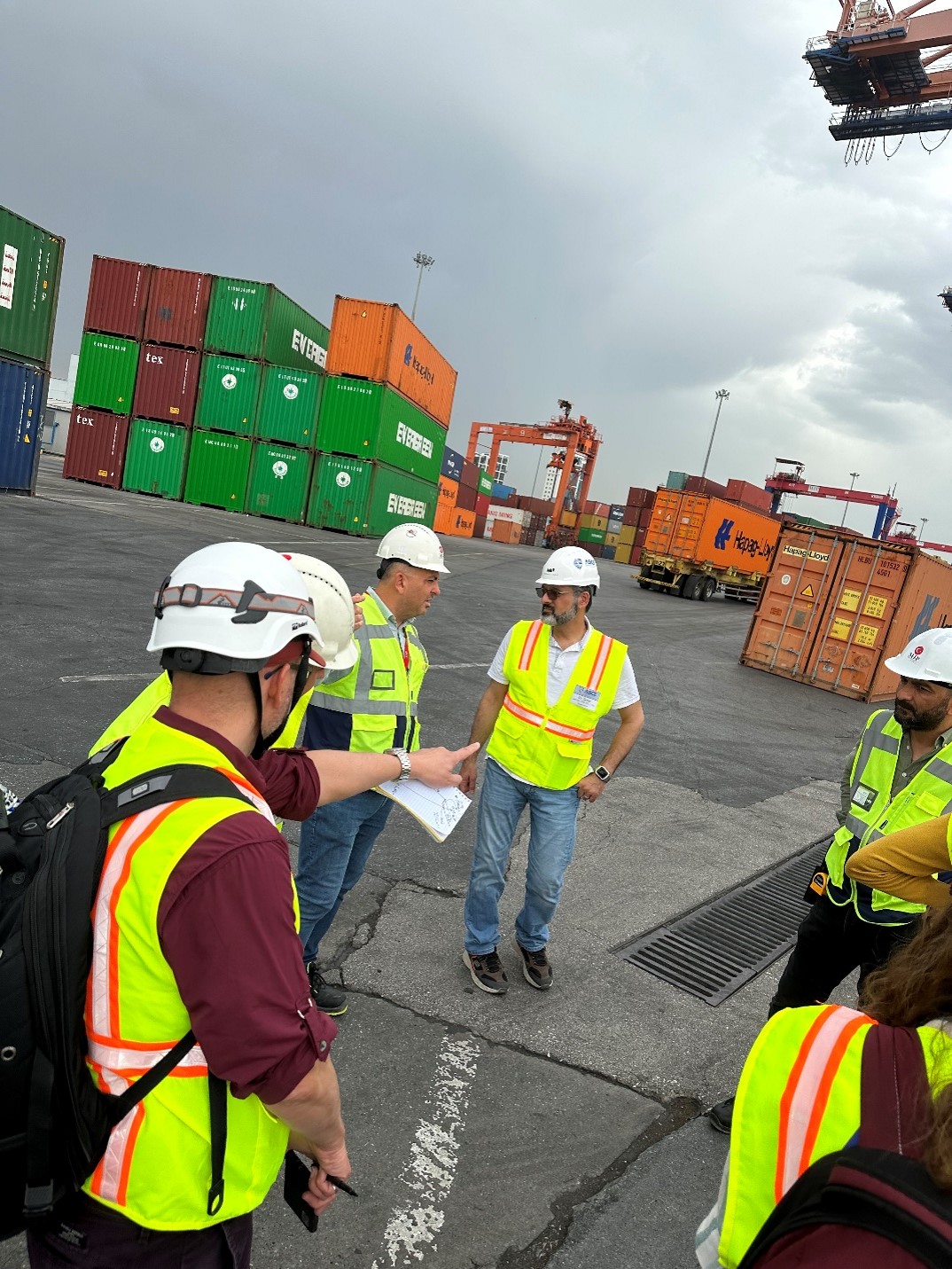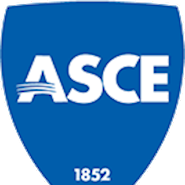 Amin Rahmani
Amin Rahmani Last week, an ASCE Coasts, Oceans, Ports and Rivers Institute field investigation team was in Turkey to study the effects of the Feb. 6 7.8-magnitude earthquake and aftershocks.
The team featured eight engineers, including members of COPRI, the Structural Engineering Institute, and the Geo-Institute. Team lead Omar A. Jaradat, Ph.D., P.E., D.PE, M.ASCE, is joined by Carlos Ospina, Ph.D., P.E., P.Eng, M.ASCE; Turel Gur, Ph.D., P.E., M.ASCE; Marc Percher, P.E., M.ASCE; Amin Rahmani, Ph.D., P.E., M.ASCE; Julie Galbraith, P.E., M.ASCE; Theresa Richards, P.E., S.M.ASCE; and Dolunay Oniz, E.I.T., A.M.ASCE.
Here is their final update from the field:
Today is our last day going to sites, and it has definitely been an interesting ride. Yesterday we visited the worst-hit city in the region – Antakya – and it looked like ground zero of a war zone. It is clear that they will need a long time to remove the damaged structures and figure out how to rebuild. Much of the city had also been emptied of people and belongings. Many of the buildings have been yellow-tagged, requiring the citizens to live in temporary tents and mobile container housing. However, it was evident that life goes on, as even within the rubble friends and family could be seen walking together.
Given that this region is located at the end of the East Anatolian fault where the rupture direction is aligned with the direction of slip, we think that forward directivity effects are one of the reasons for seeing much severe damage here. Forward directivity produces ground motions that have large amplitudes and short durations. It appears that almost all of the buildings in Antakya could not perform well under these shakings and most of them collapsed.
We then traveled further south to a fishing port, one that is very similar to the other fishery ports that we had visited on the other side of the mountains. We were expecting to see more damage due to the directionality effects of the earthquake but were pleasantly surprised to see that the facility performed really well. This of course raises the question of why construction of similar rock berm structures would behave so differently from one coastal area to the other. It is possible that the bedrock is much shallower in this undamaged port than in the other areas, which would result in less settlement of the core of the rock berm.
 Amin Rahmani
Amin Rahmani Also, the facility operator told us that they had mixed the existing rock fill with some amount of cement either by jet grouting or some other locally available techniques during construction, which could also significantly improve the performance of the berm. We will be reaching out to the governmental owners of the facility and hope to acquire some construction documentation that might help the team answer this mystery.
Today half the team is headed to a port facility outside the strong-shaking-damaged region to learn more about how they responded to the earthquake and aided in the recovery efforts within the damage zone. The other half is headed back to Iskenderun to assist our Middle East Technical University colleagues with some of their ongoing research.
The first team visited one of the largest international port facilities in the country. It was a highly secured area, owned by the government, and extremely busy and active. The area is approximately 200 km away from the earthquake epicenter. Although people in the city next to the port had felt the shaking at their homes, the motion intensity in this area was not strong enough to cause damage to any of the buildings, RTG cranes, piles, bulkheads, etc. The facilities were able to get back into full normal operation 24 hours after the earthquake.
Concluding thoughts. When traveling as a reconnaissance team we can’t help what has happened, or fix what is wrong, but we can document what has been done with the hope that it can be applied to doing better in the future. We will now head home and compile our findings, spreading the hard-won lessons learned in Turkey to other ports around the world. Hopefully, this information will assist the global community in collectively building a society more resilient to inevitable natural disasters.



